Cinch Connectivity Solutions, a Bel group company, announces the availability of the Trompeter MIL-STD-1553B Bus Coupler product portfolio, both through direct sales and its distribution partners.
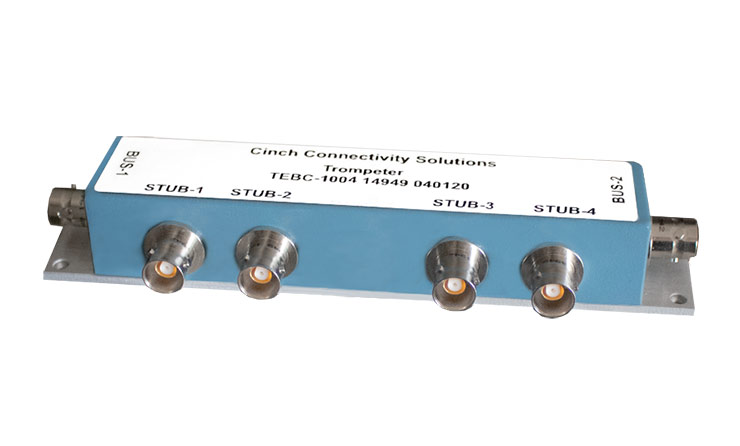 To reach a wider engineer audience, Trompeter’s MIL-STD-1553B Databus Coupler series is now available through its distribution network, including Electro Enterprises, Digi-Key, Mouser and Newark. The Trompeter 1553B solution is backed by Cinch’s support network, engineering resources, and when teamed with distributor stock, allows customers to get to market quickly and stay in the market longer.
To reach a wider engineer audience, Trompeter’s MIL-STD-1553B Databus Coupler series is now available through its distribution network, including Electro Enterprises, Digi-Key, Mouser and Newark. The Trompeter 1553B solution is backed by Cinch’s support network, engineering resources, and when teamed with distributor stock, allows customers to get to market quickly and stay in the market longer.
The Trompeter product offering includes a range of bus couplers with 1, 2, 3, 4, 5 and 8 stub counts, along with the terminators, RFI caps, and the cable and cable assemblies required to implement a fully compliant MIL-STD-1553 data bus link. All of the bus couplers provided are supplied as unterminated types and the range includes lead-free versions. The bus couplers feature Trompeter BJ770 connectors with P75 mating with an operating temperature range of –55° to 125°C.
The MIL-STD-1553 remains the preferred serial bus for military and avionics systems but is becoming increasingly popular for civil applications thanks to its robust architecture. With over 40 years of proven reliability, products complying with the MIL-STD-1553 offer dependable connectivity that can withstand harsh environmental and electromagnetic environments, giving manufacturers greater confidence when building data links.
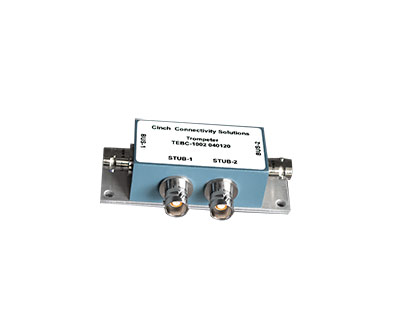 The standard was first published in the early 1970s and was first used in F16 jets, said Duane Teachout, Product Manager, Cinch Connectivity Solutions. “It’s still around, widely used by all branches of military, NATO and some commercial applications. It’s a slow, 1 megabit databus and its function is command and control. It does what it needs to do. It’s so universally used and it will continue to play that role in the future because it’s the right bus for the intended purpose,” Teachout said. “It’s very reliable, which it has to be for the missions it runs. It’s redundant whic further enhances that reliability. Deterministic from the point of view that there’s a single bus controller that initiates and directs all of the traffic on the bus so you don’t have any conflicts amongst the elements trying to talk on it.”
The standard was first published in the early 1970s and was first used in F16 jets, said Duane Teachout, Product Manager, Cinch Connectivity Solutions. “It’s still around, widely used by all branches of military, NATO and some commercial applications. It’s a slow, 1 megabit databus and its function is command and control. It does what it needs to do. It’s so universally used and it will continue to play that role in the future because it’s the right bus for the intended purpose,” Teachout said. “It’s very reliable, which it has to be for the missions it runs. It’s redundant whic further enhances that reliability. Deterministic from the point of view that there’s a single bus controller that initiates and directs all of the traffic on the bus so you don’t have any conflicts amongst the elements trying to talk on it.”
The 1553 standard is used in many deployments, ground support, shipboard, military aircraft, satellite systeems in both space and ground-based, and more. “Trumpeter has always been de facto standard as far as a connector supplier in all of these types of systems,” Teachout said.
Teachout said Cinch has been a leading supplier of Trumpeter products, including plug style connectors that fit multiple types and cable suppliers, bulkhead jacks that go on LRUs and more system side, cable assemblies of all types (simple test cables, custom cables or different configurations for the platforms themselves, and bulk cables), terminators, RFI caps, and adapters.
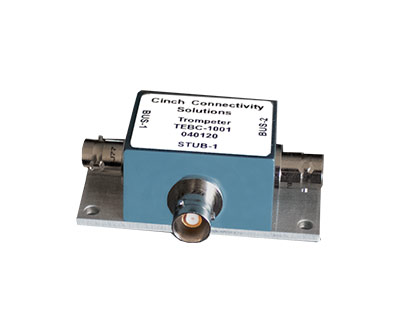 “We really now offer the full suite of products for that physical layer of implementation,” he said. “We’ve been such a key supplier into 1553 for so long … but we never really put it all together in a push like you’re see today. By launching the bus coupler, we’re able to pull all these things together and really show how we have that end to end solution when it comes to laying down that physical layer interconnect.”
“We really now offer the full suite of products for that physical layer of implementation,” he said. “We’ve been such a key supplier into 1553 for so long … but we never really put it all together in a push like you’re see today. By launching the bus coupler, we’re able to pull all these things together and really show how we have that end to end solution when it comes to laying down that physical layer interconnect.”
The coupler itself is a simple device, Teachout said, it offers a transformer interface, so if one computer goes down or has a problem, it doesn’t drag down the whole bus. It typically has a bus in and bus out.
Packaging options include:
- Inline for on the platform itself which tend to be optimized for size, weight, configuration for that platform itself.
- Chassis or box-style bus couplers, which are more utilitarian for test setup, R&D. This easy to adapt for inline configurations versus the inline which tend to be a little more defined by that platform.
The box-style couplers are available with stubs between 1 and 8, said Teachout. All couplers are non-terminated and RoHS-compliant.
“We are making the Trompeter MIL-STD-1553 Bus Coupler series available through our distribution network in order to bring its benefits to a wider engineer audience,” said Teachout. “Each part comes with full access to Bel’s extensive support network and engineering resources, to help our customers get to market quickly and stay in market longer.”
Cinch Connectivity
belfuse.com

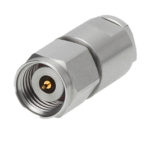
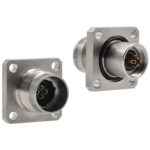

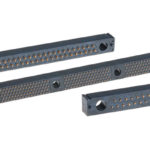

Leave a Reply
You must be logged in to post a comment.